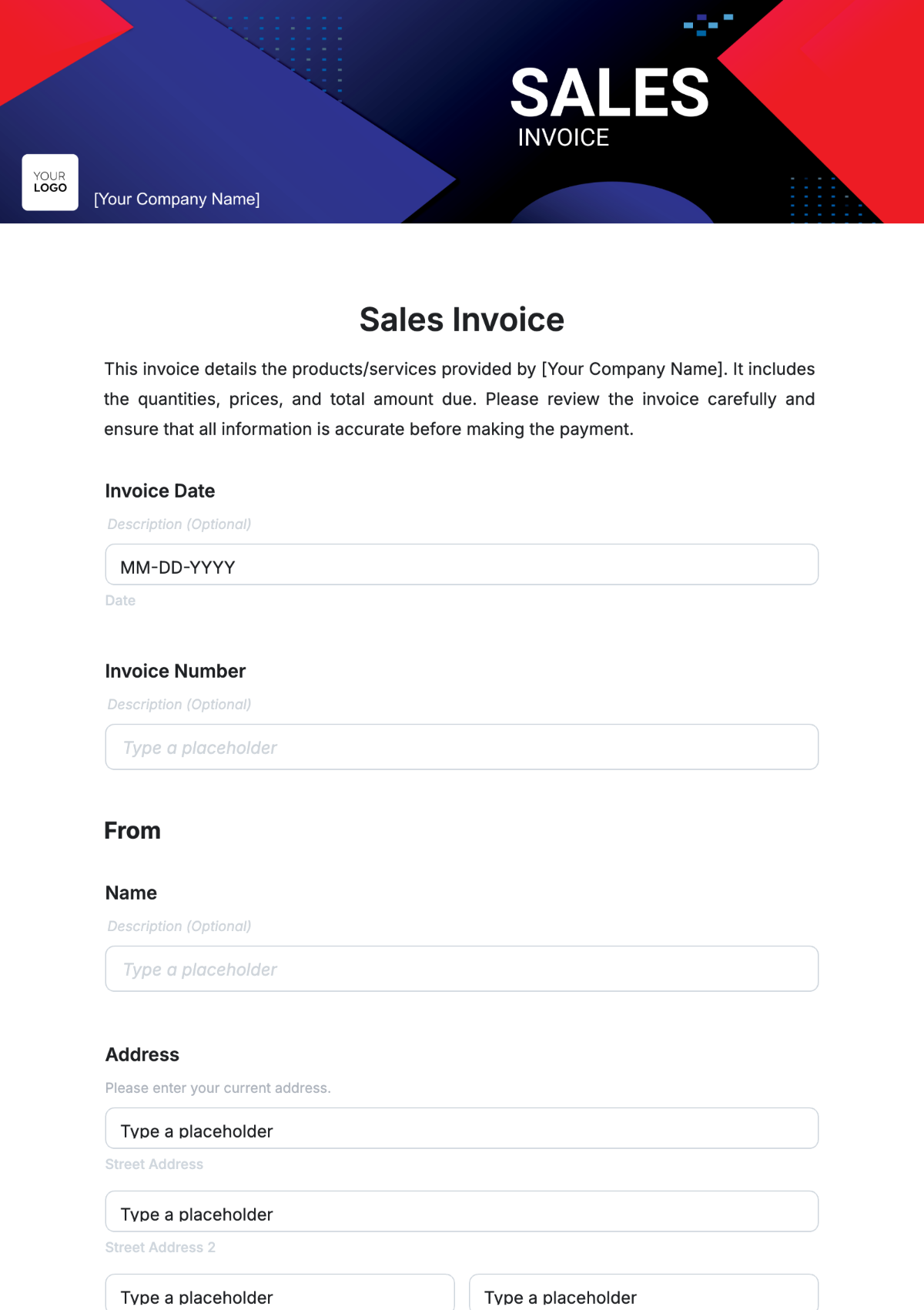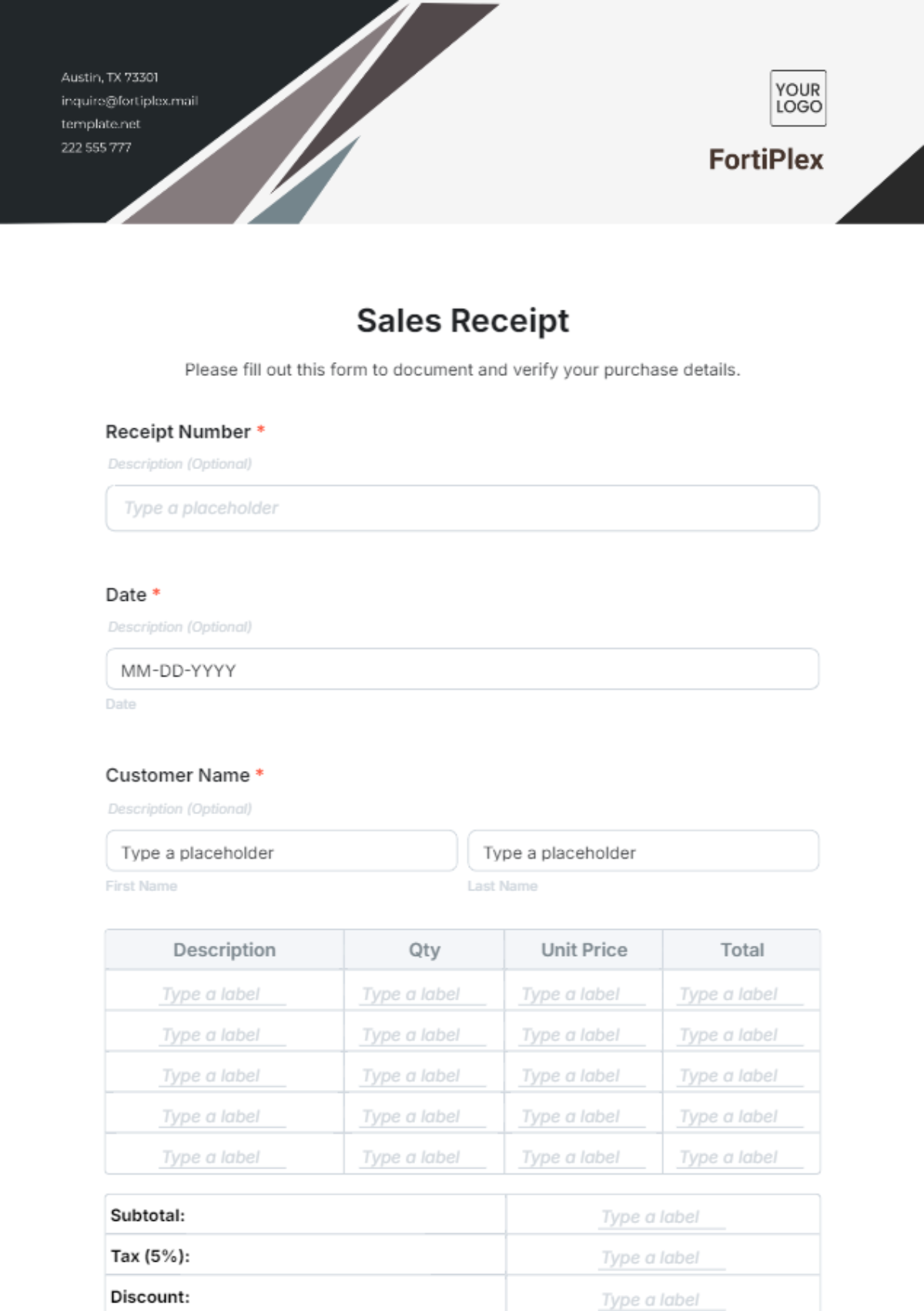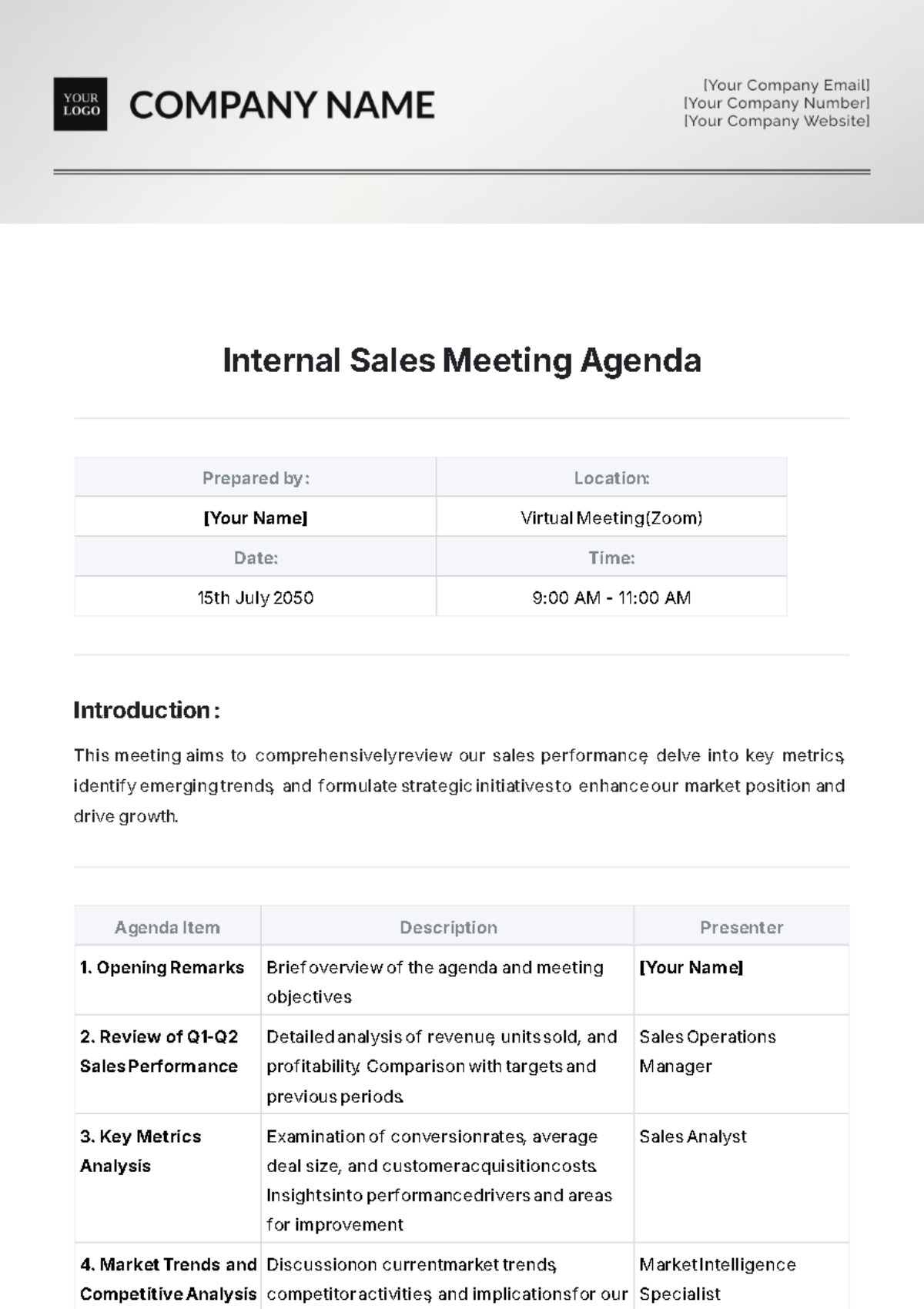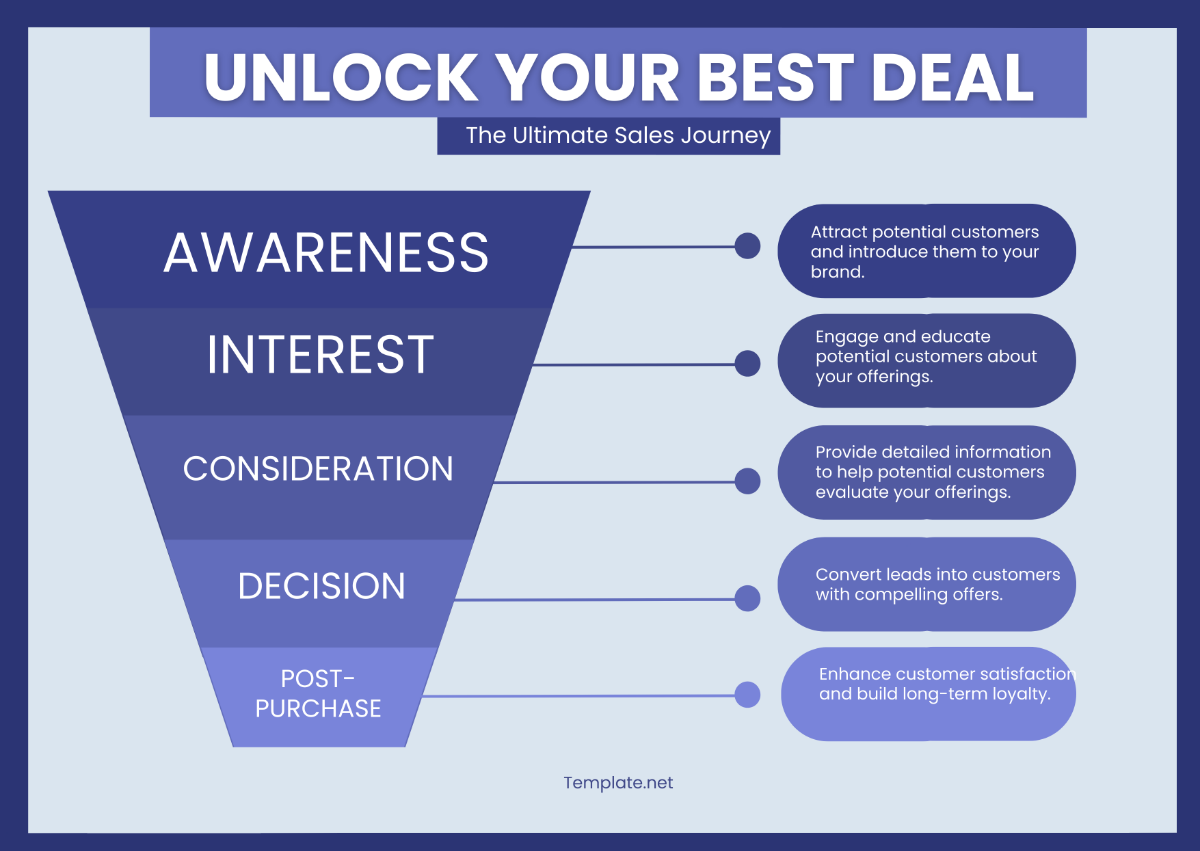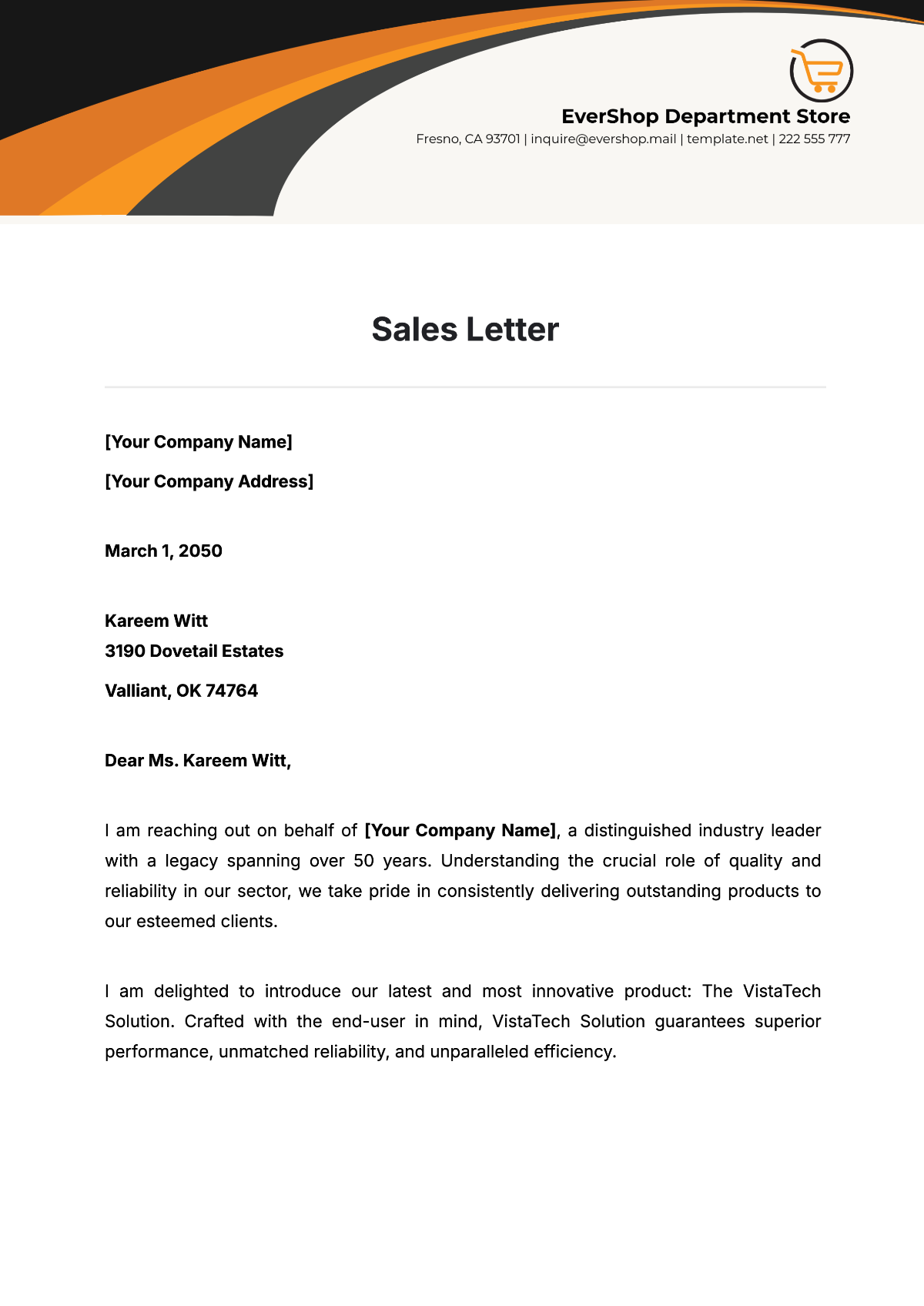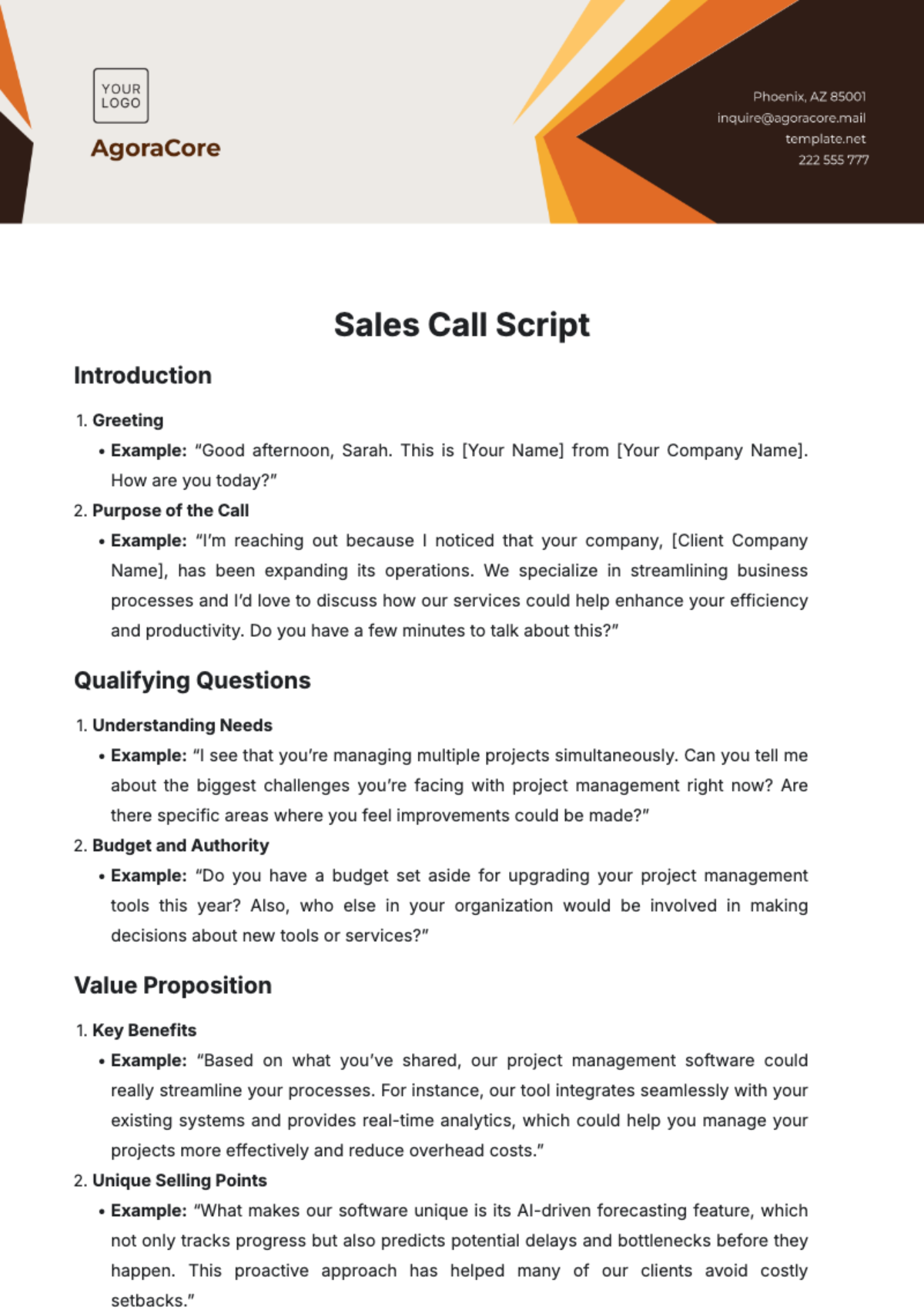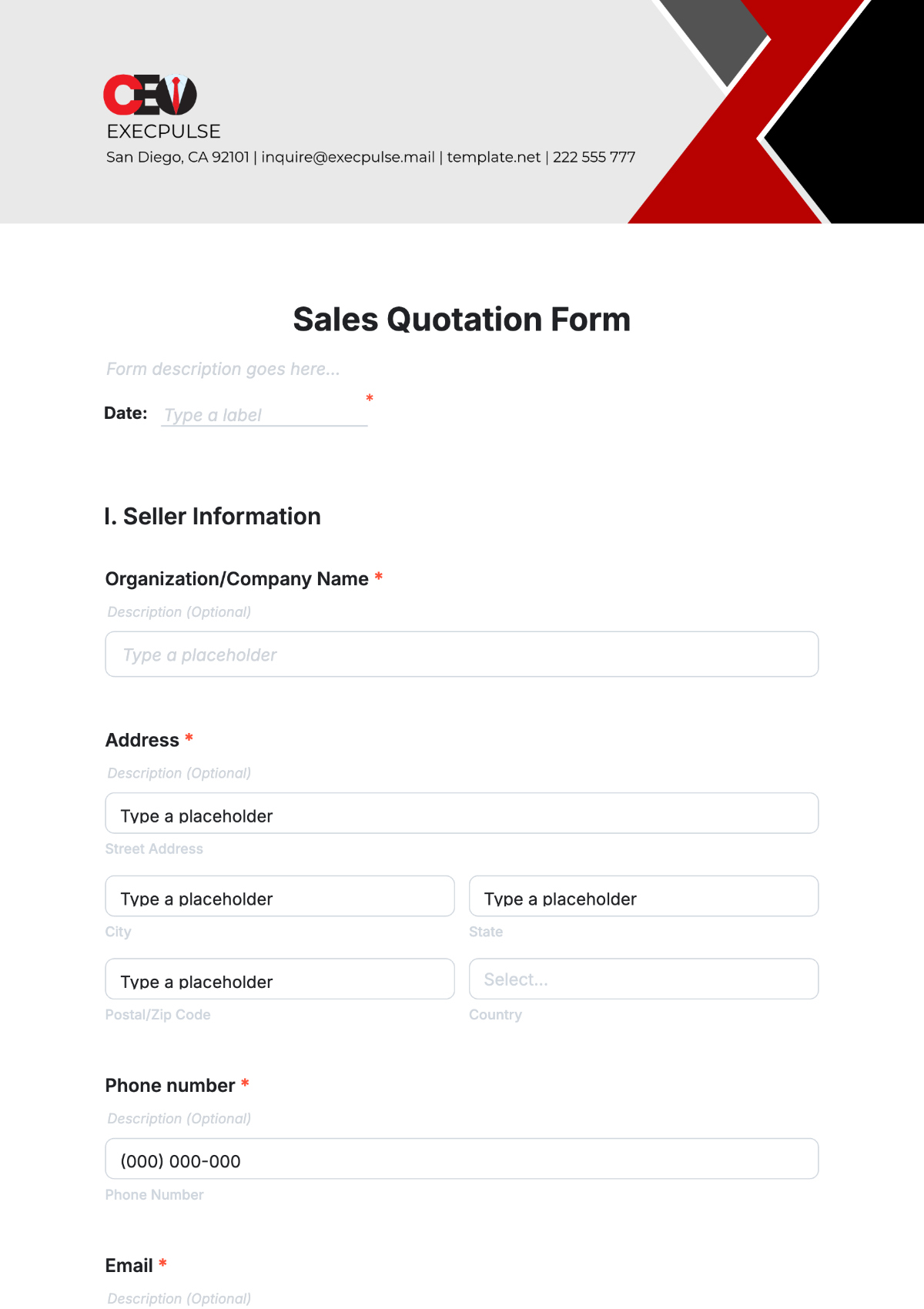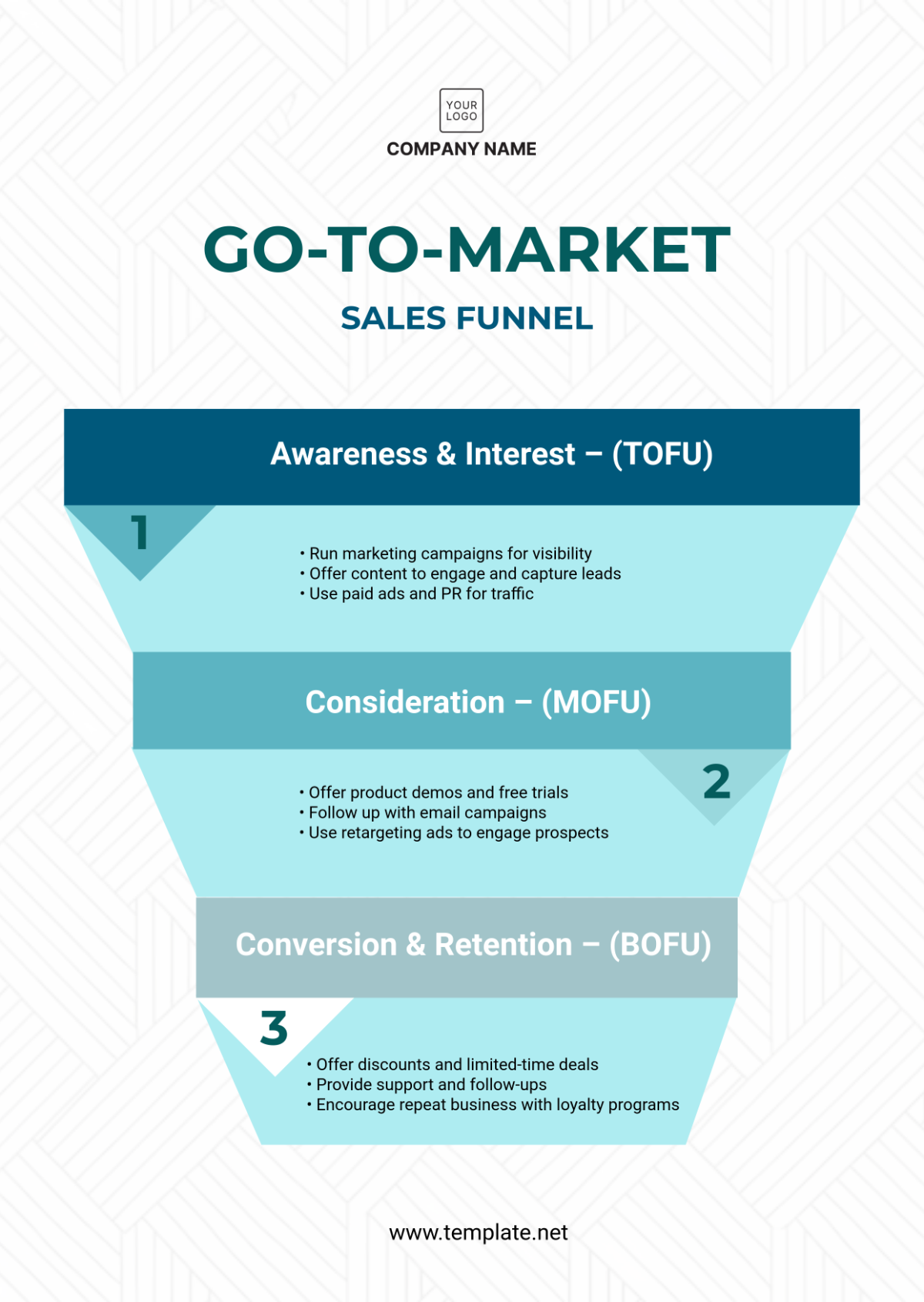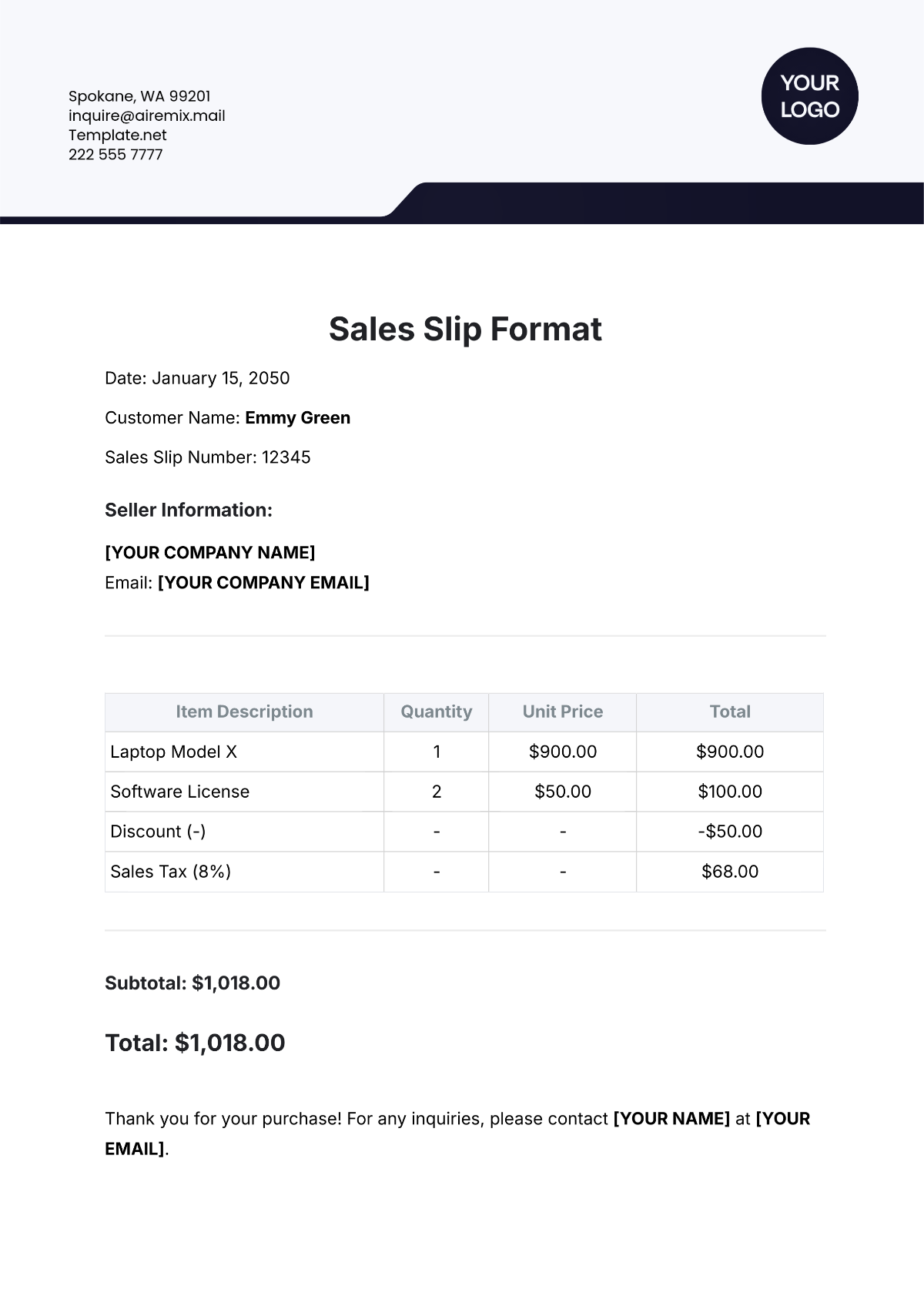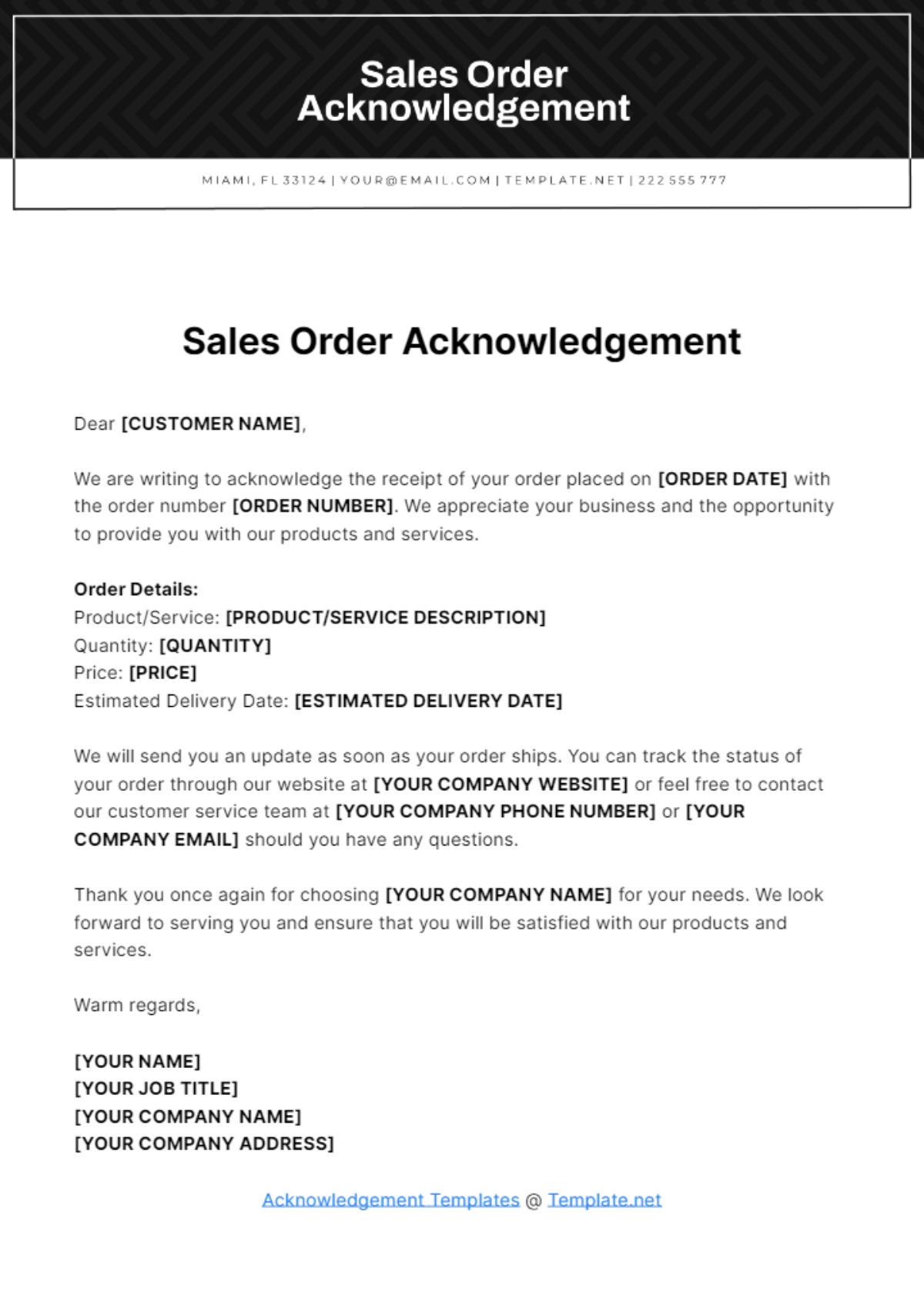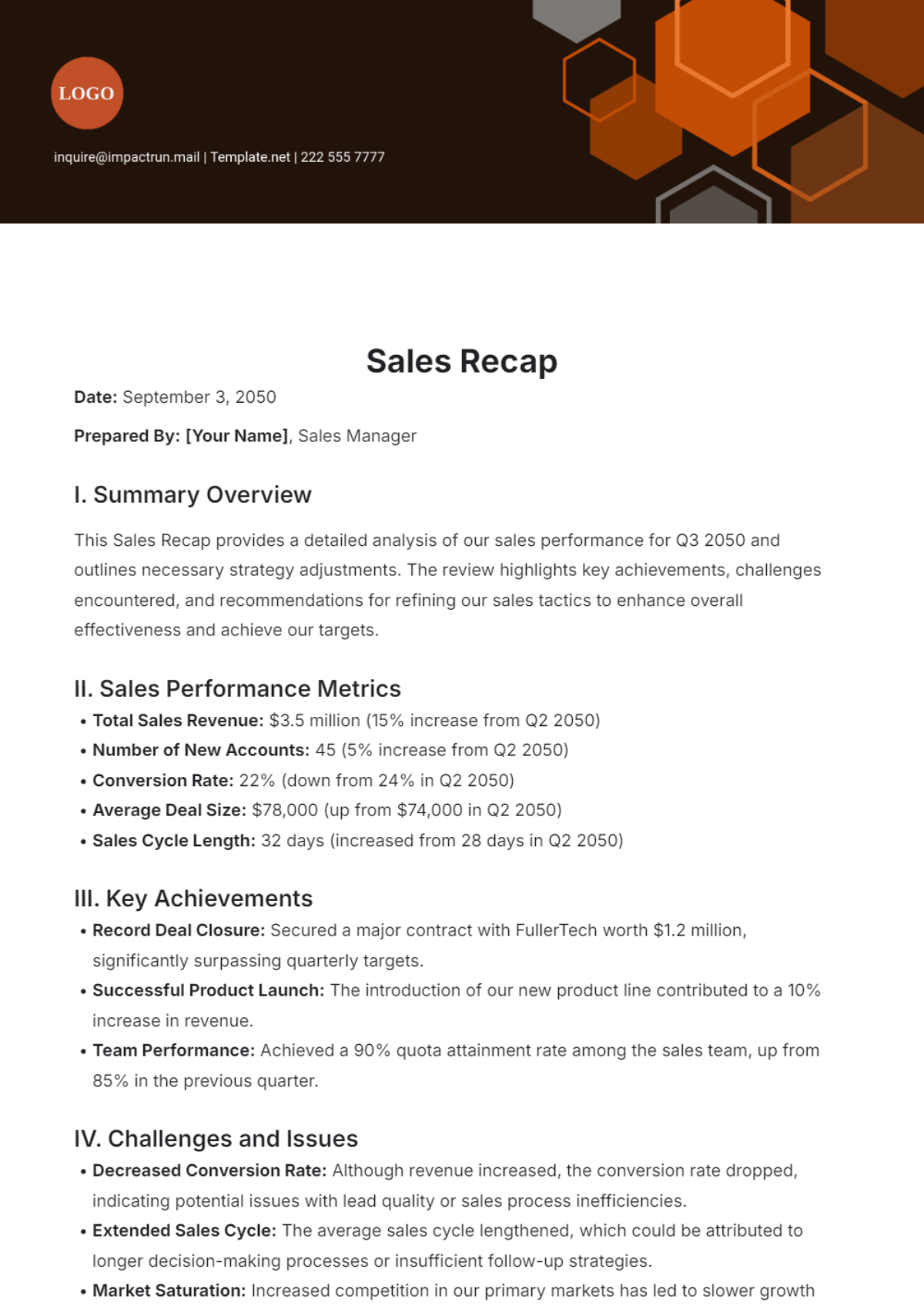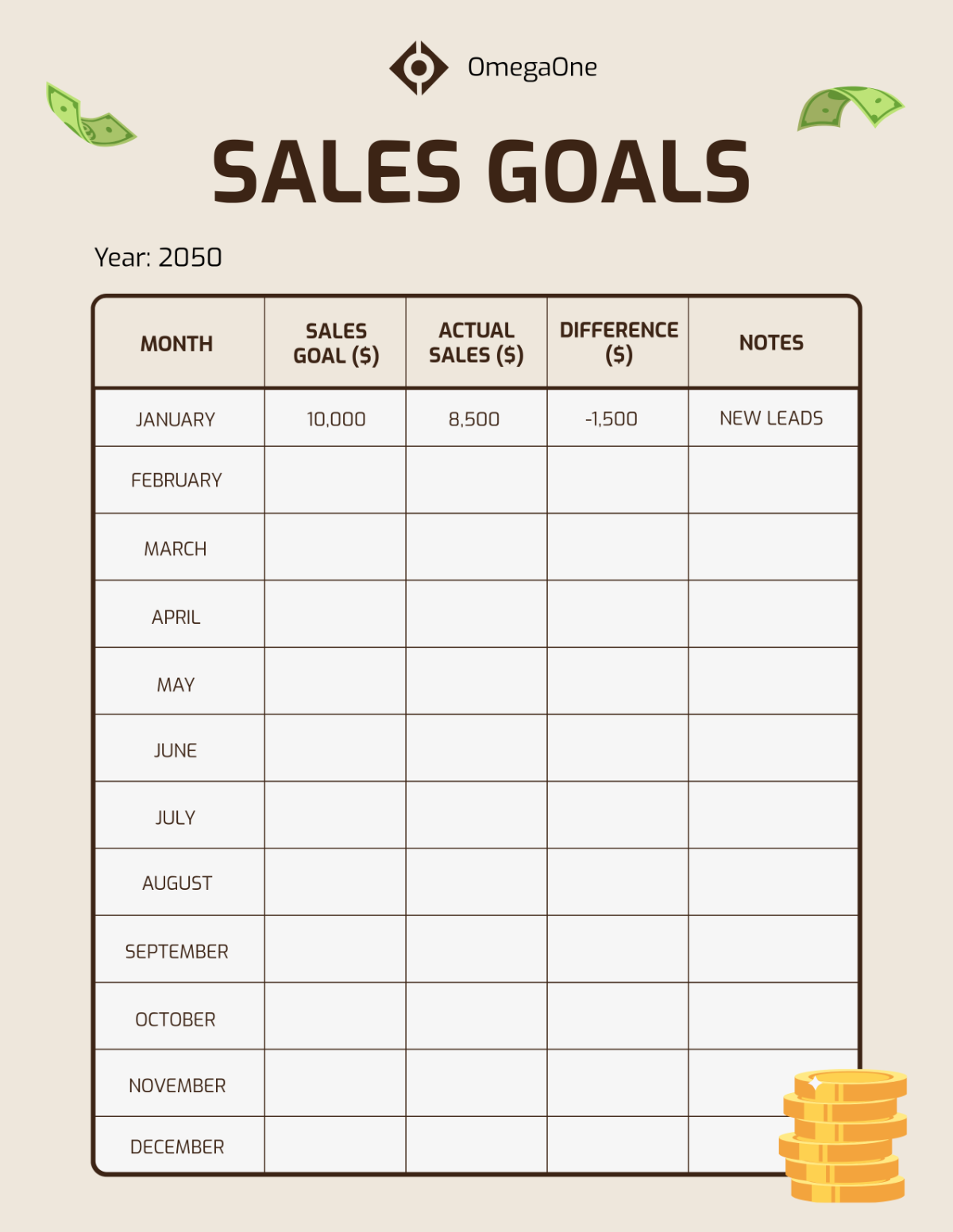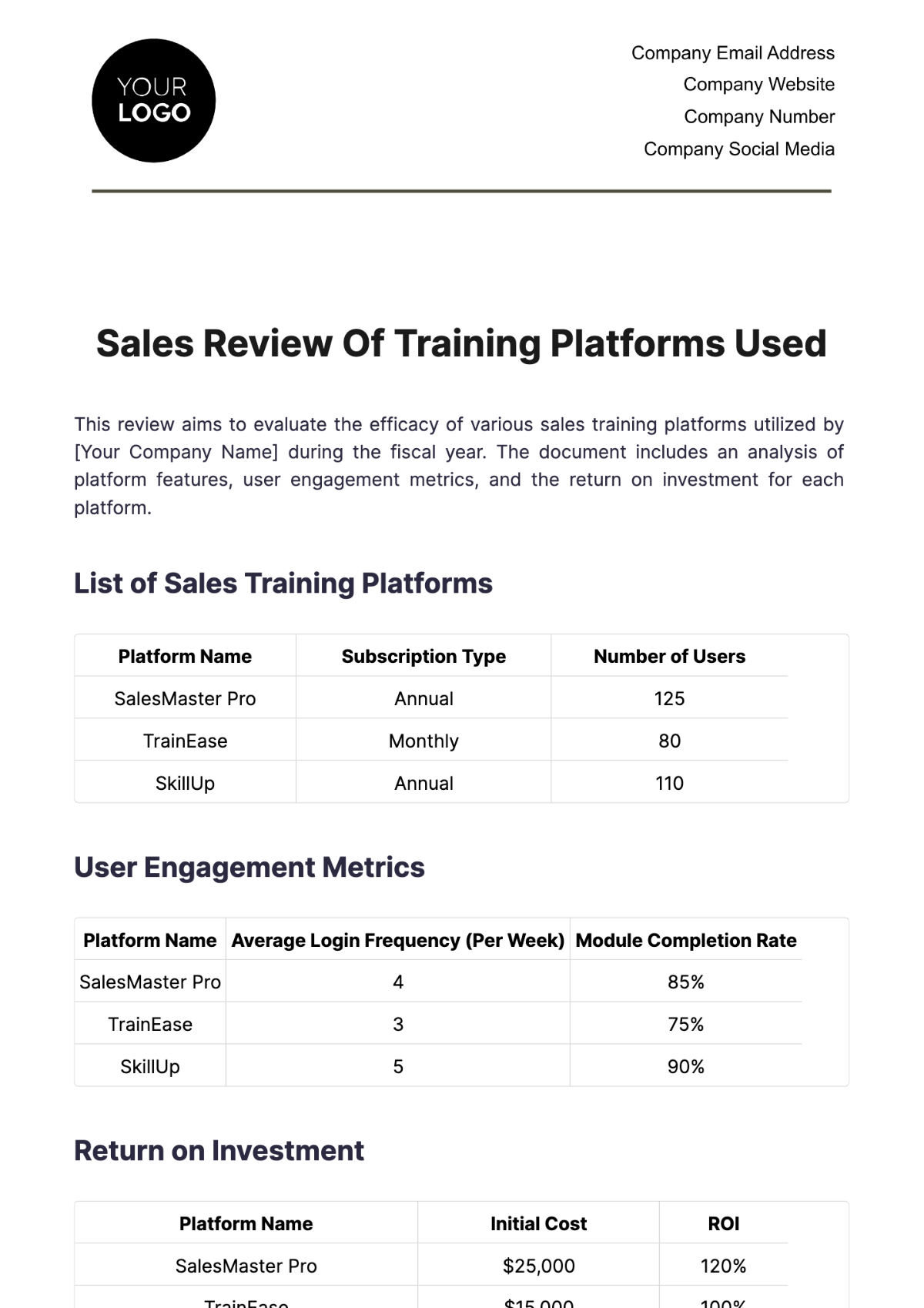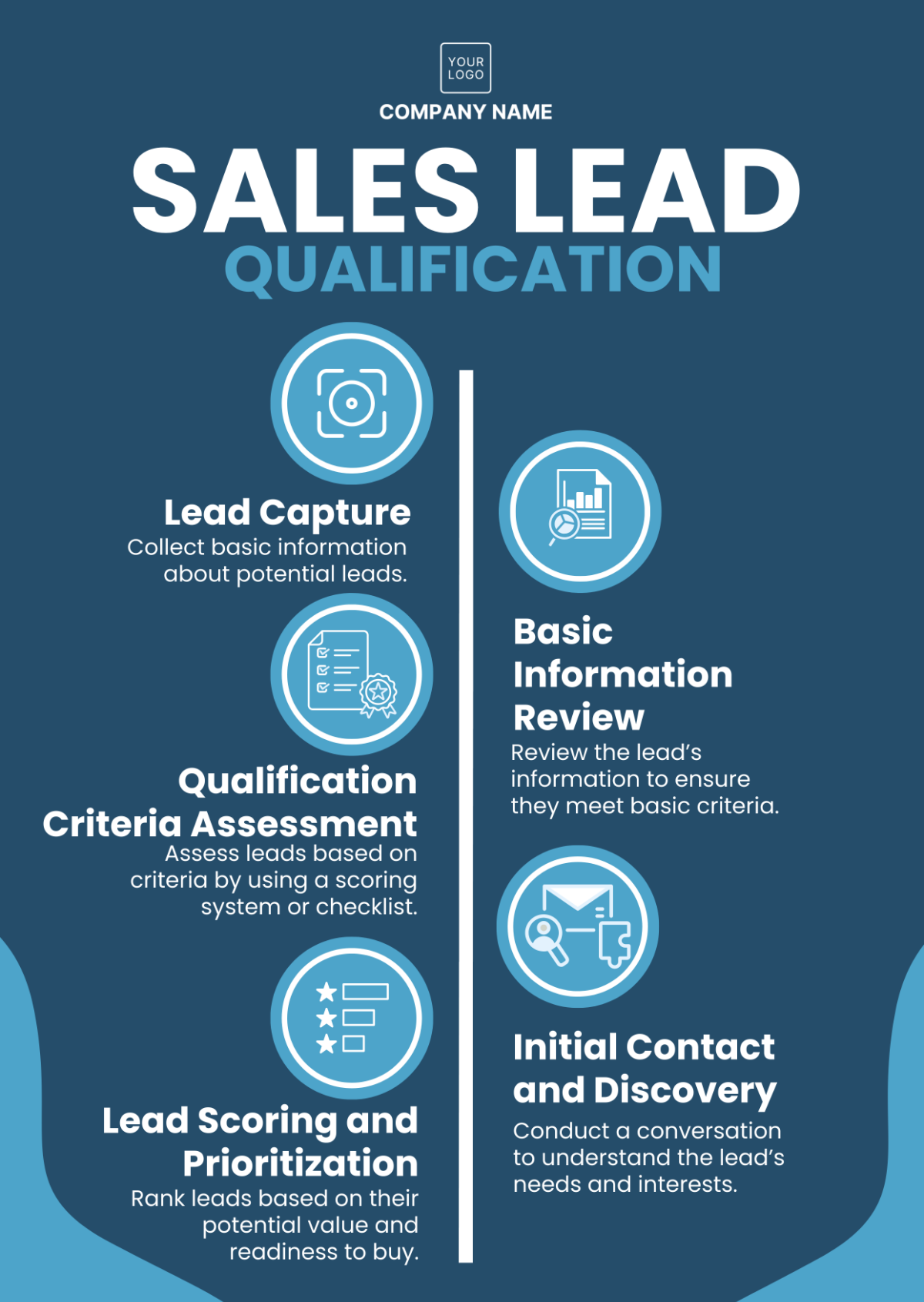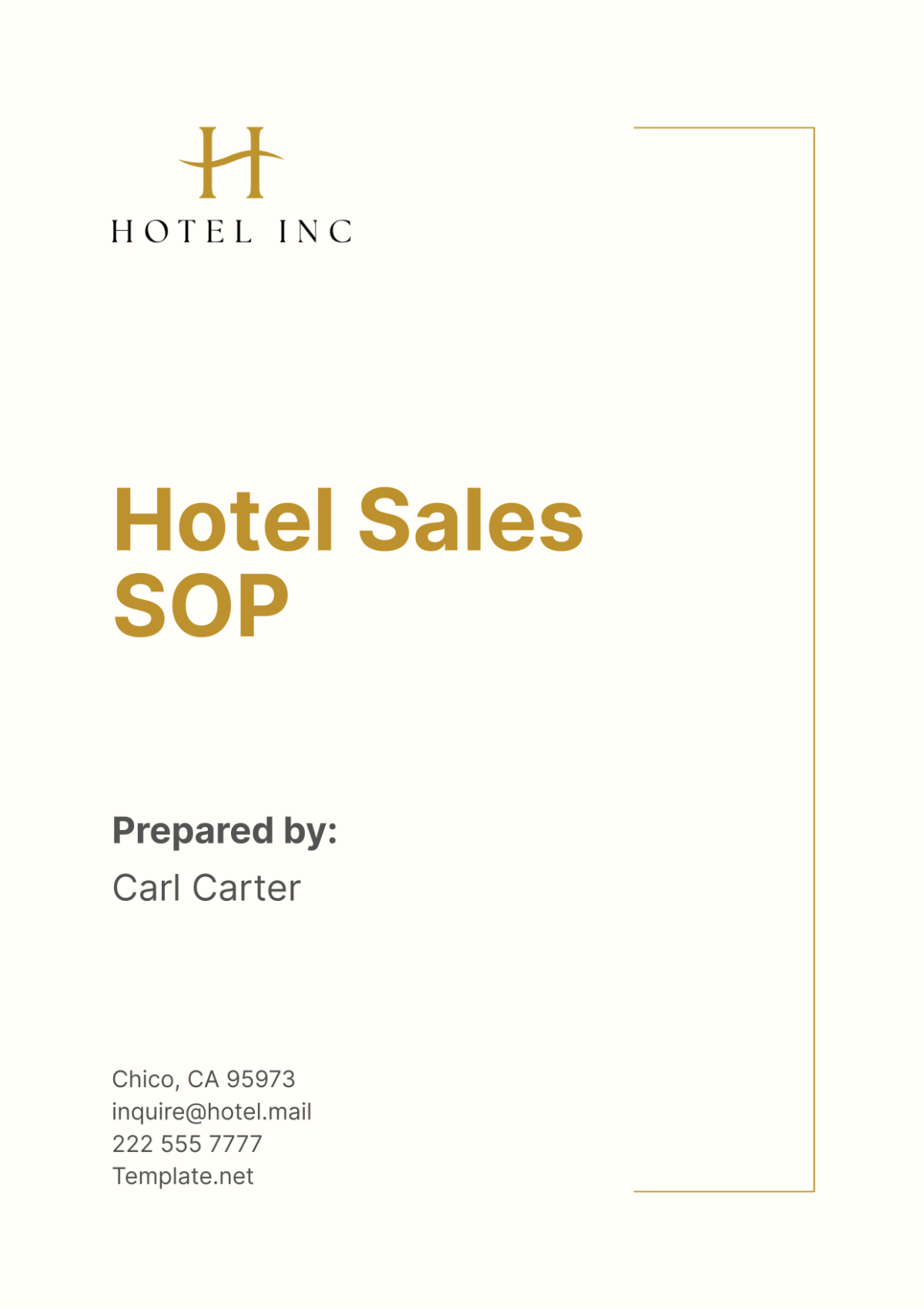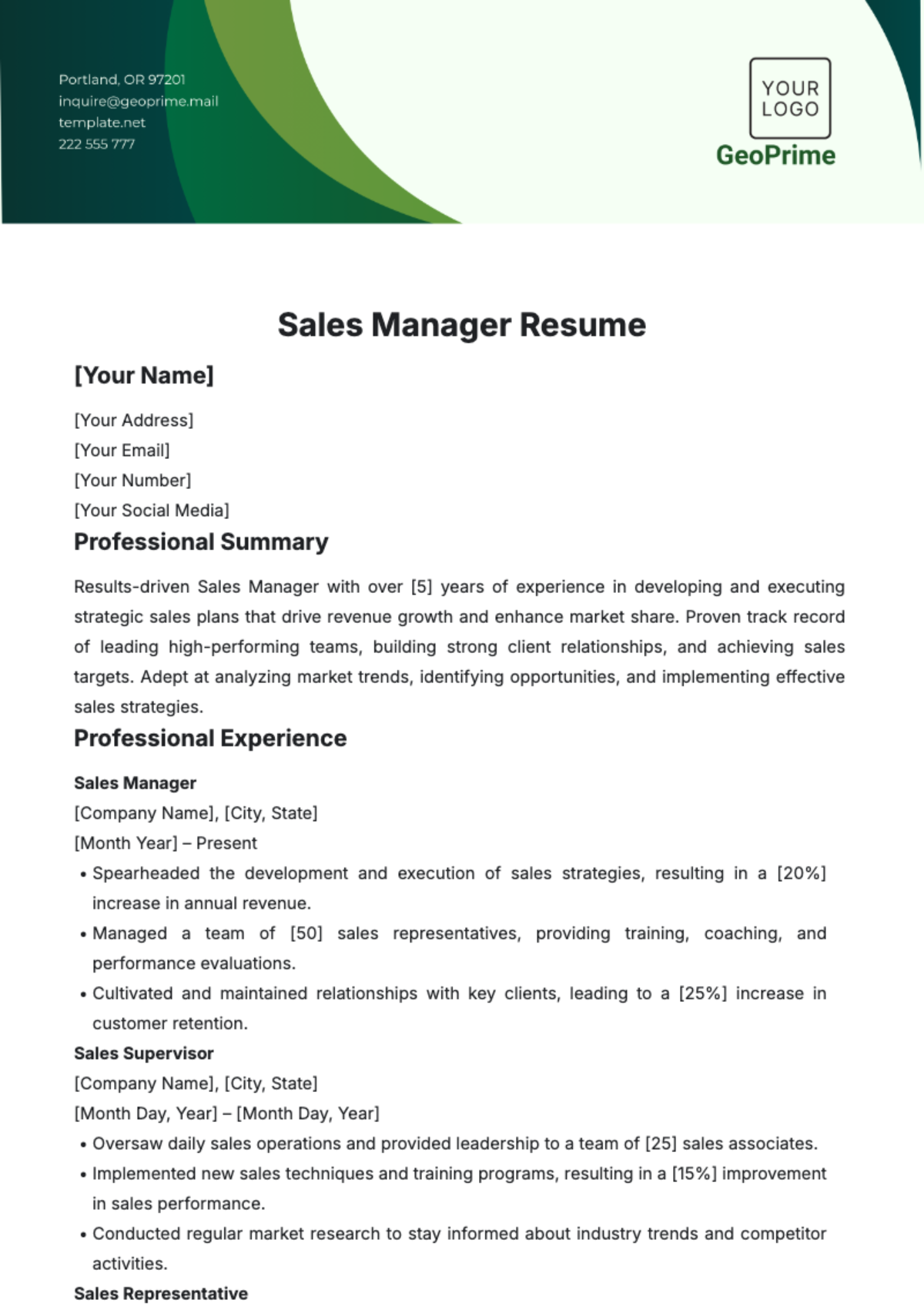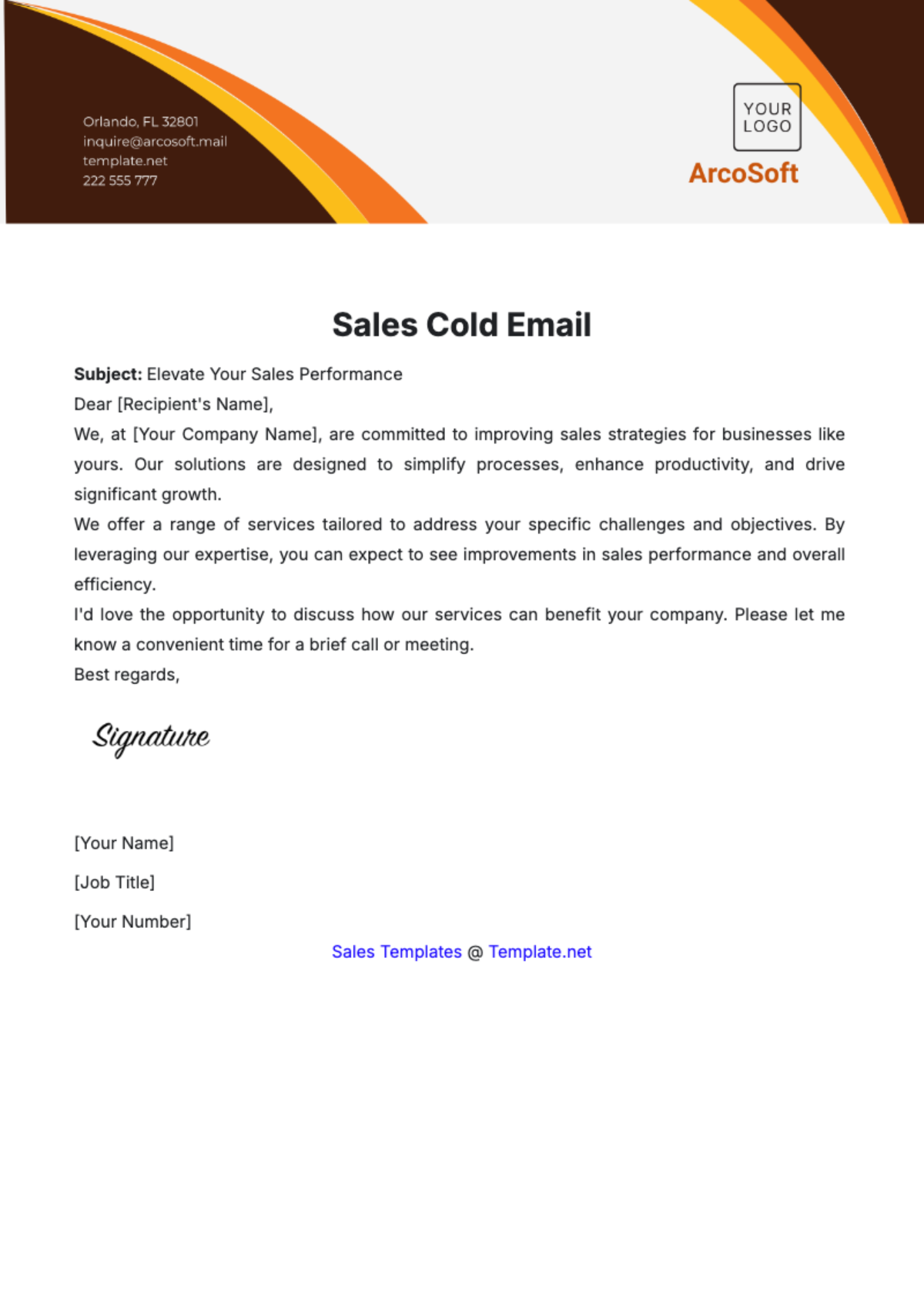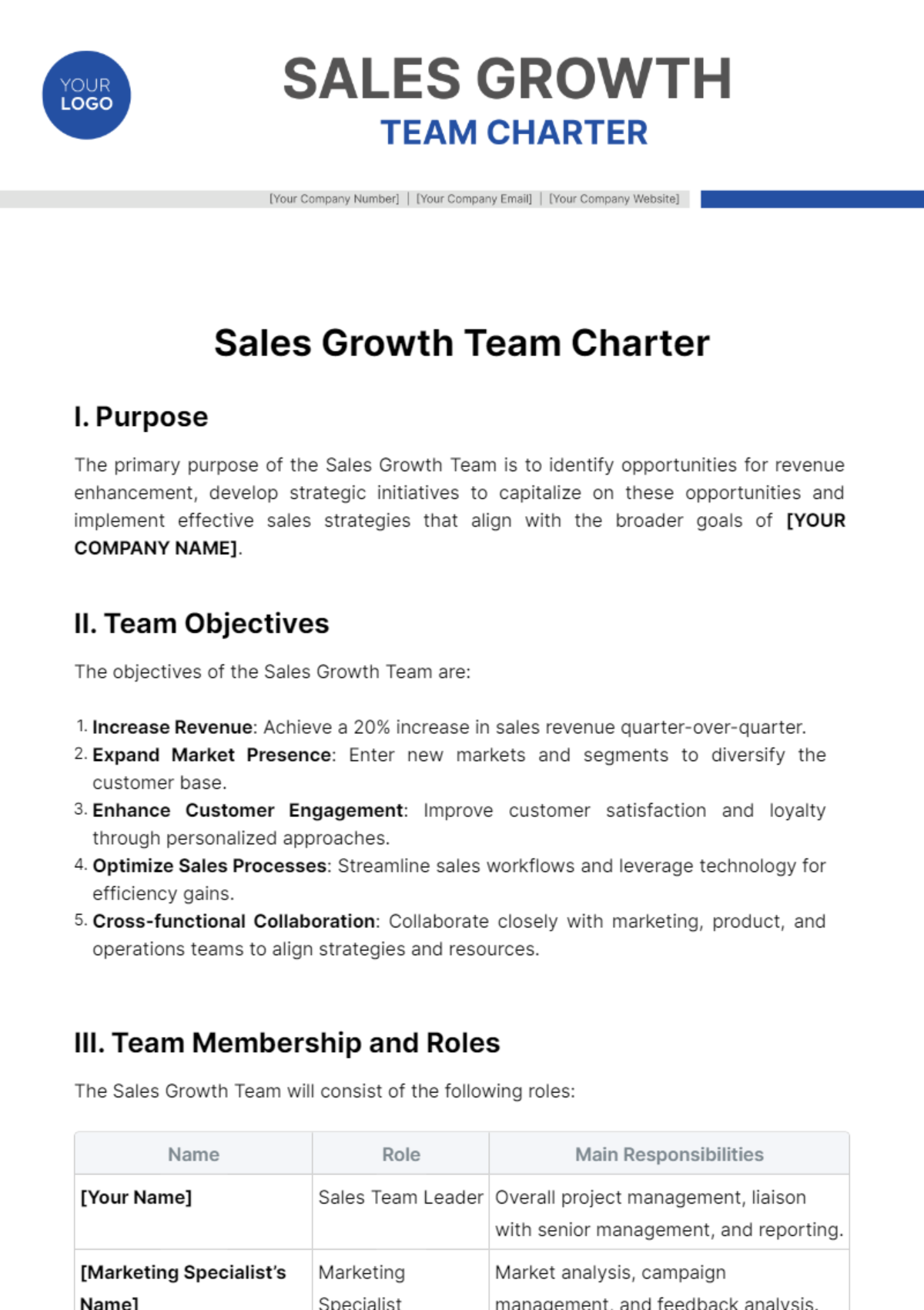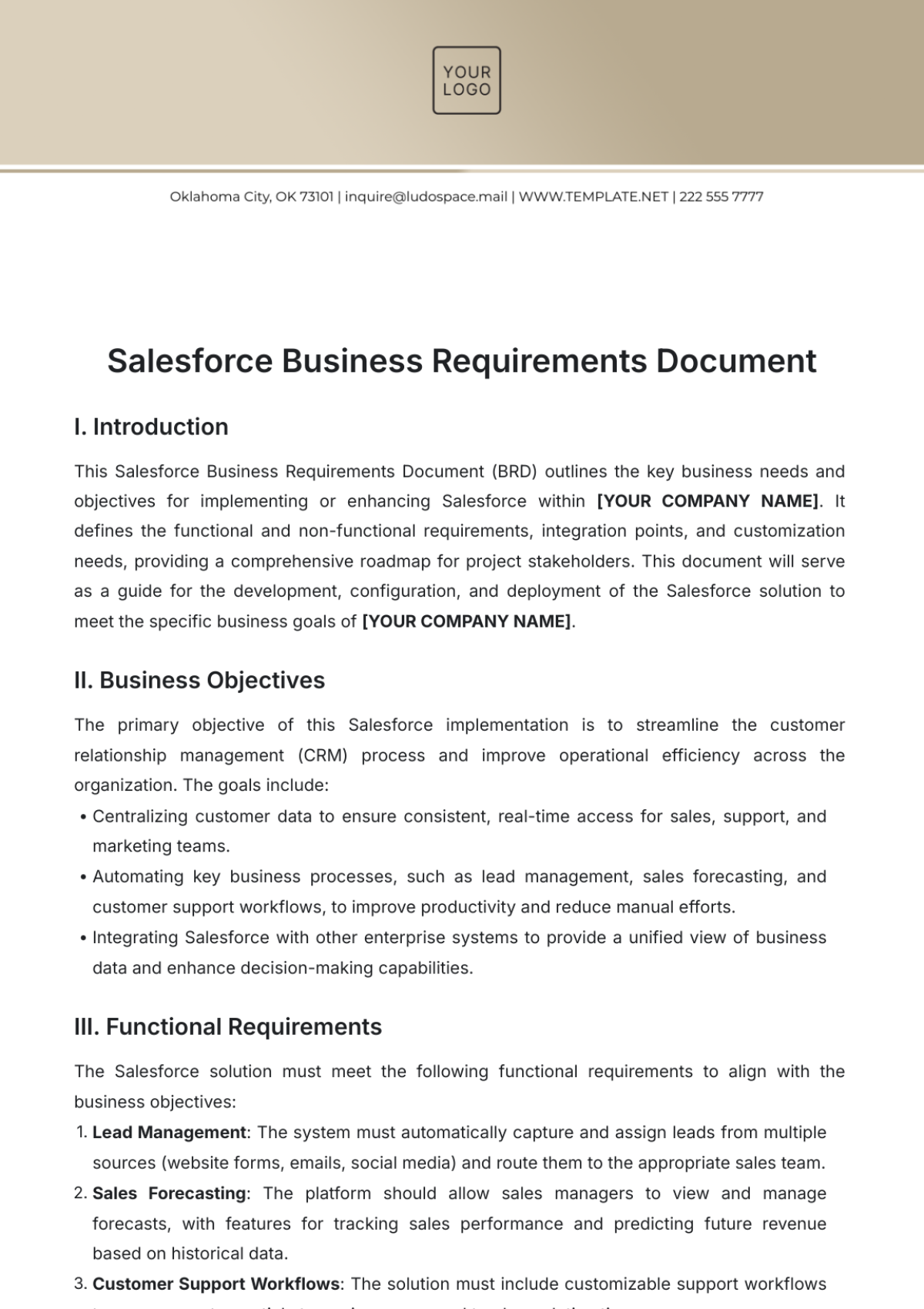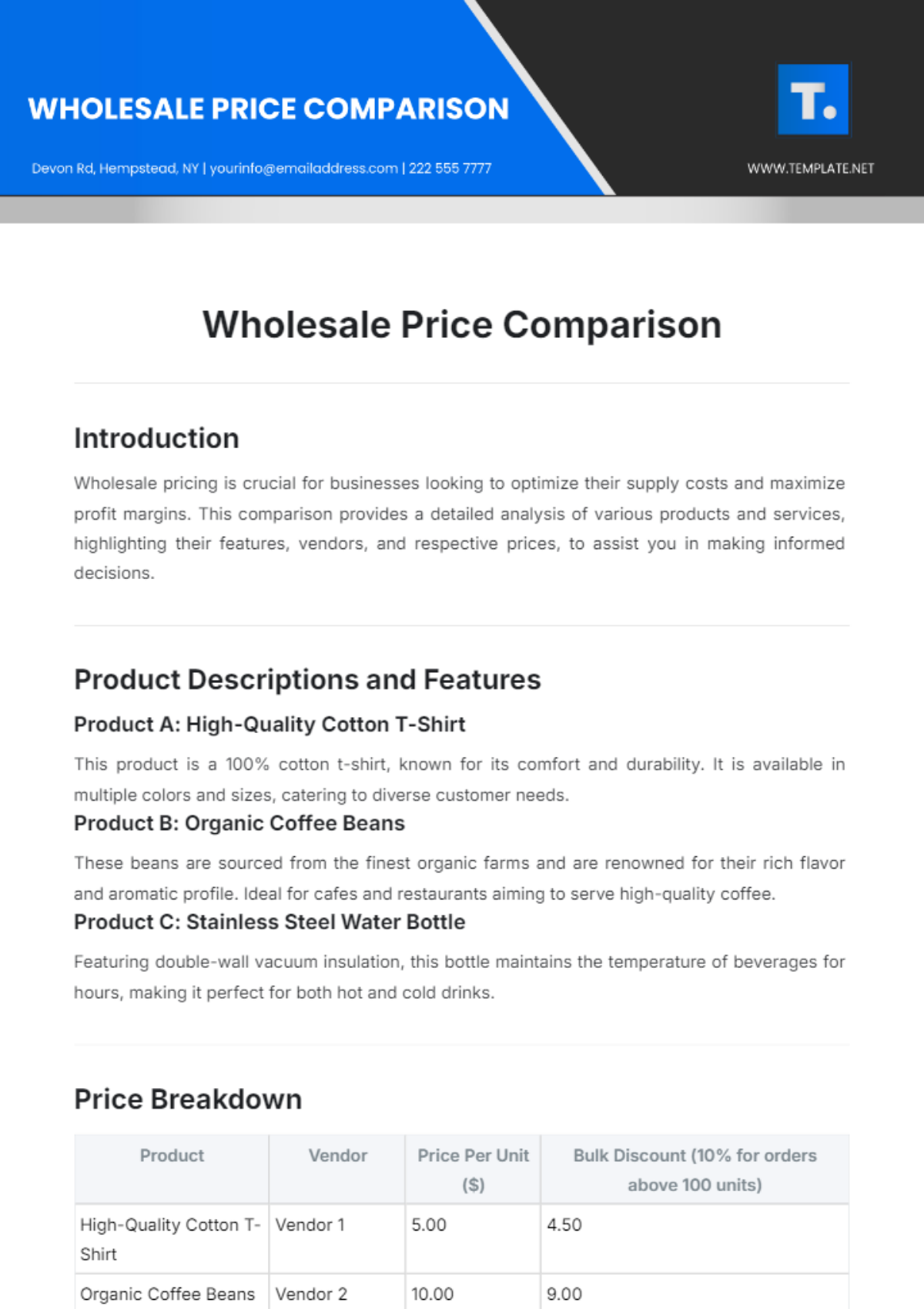Sales Client Relationship Strengthening Guide
I. EXECUTIVE SUMMARY
This document is designed to empower businesses across diverse industries. Its mission: to provide a comprehensive roadmap for cultivating and reinforcing client relationships, fostering trust, driving loyalty, and ultimately securing long-term success.
As businesses continue to adapt to emerging technologies and shifting market dynamics, the core principle of client-centricity remains paramount. Nurturing and strengthening client relationships are pivotal not only for sustainable growth but also for thriving in an increasingly competitive landscape. This guide encapsulates a wealth of knowledge, best practices, and proven strategies to help professionals and businesses excel in this critical arena.I.
Through the exploration of understanding client relationships, building strong foundations, effective communication, and problem resolution, we lay the groundwork for cultivating trust and loyalty. Going further, we delve into the art of exceeding client expectations, monitoring and evaluation, and offer best practices to ensure that client relationships are not just maintained but flourish.
II. INTRODUCTION
This introduction sets the stage for our journey to explore the nuances of building, strengthening, and fortifying these essential connections.
The dynamics of client relationships have evolved. Clients today seek more than just products or services; they demand personalized experiences, trust, and a genuine connection. This guide is your compass in this shifting landscape, designed to empower professionals, from account managers to business leaders, in crafting relationships that endure and yield dividends for years to come.
In an era where information is abundant and choices are endless, the strength of client relationships can be your greatest competitive advantage. By fostering trust, effective communication, and a commitment to meeting client needs, you can not only retain clients but turn them into loyal advocates.
This guide is more than just a collection of principles; it's a roadmap for thriving in the future. It is a resource that takes you beyond theory and provides actionable strategies to nurture client relationships that withstand the test of time.
III. UNDERSTANDING CLIENT RELATIONSHIPS
In this section, we delve into the core principles that underpin these relationships and explore why they are the cornerstone of business success.
Trust as the Bedrock: Trust is the foundation of any robust client relationship. It forms the basis of every interaction, and it's nurtured through honesty, transparency, and reliability. Trust is established when promises are kept, expectations are met, and ethical conduct prevails.
Mutual Value Creation: Successful client relationships are symbiotic in nature. They're not just about what your business can gain, but also about what you can offer to your clients. Providing solutions that meet their needs and offering unmatched value are essential for strengthening relationships.
Open Communication: Effective communication is the lifeblood of any relationship. The ability to listen attentively, express your thoughts clearly, and maintain open lines of dialogue fosters understanding, resolves issues, and builds rapport.
Long-Term Vision: Client relationships should be viewed with a long-term perspective. It's not just about closing the current deal but about nurturing the potential for a series of successful engagements over time. This involves understanding the client's long-term goals and aligning your services with those objectives.
Cultural and Industry Sensitivity: In an increasingly globalized and diverse world, it's crucial to understand and respect cultural nuances and industry-specific norms. This sensitivity demonstrates your commitment to truly understanding your clients' worlds.
Customized Solutions: Every client is unique, and their needs are distinct. Recognizing this and offering tailored solutions not only satisfies their immediate requirements but also demonstrates your commitment to their success.
IV. BUILDING STRONG FOUNDATIONS
Establishing a robust foundation for client relationships is akin to constructing a solid structure. To lay the groundwork effectively, it's crucial to:
Identify Shared Values: Begin by understanding the core values of your client and your organization. Shared values create a strong bond. Align your approach with these values to show that you're not just a vendor but a partner who shares their vision.
Set Clear Expectations: Ambiguity can lead to misunderstandings. Establish clear expectations regarding project timelines, deliverables, and responsibilities. This clarity ensures both you and the client are on the same page.
Define Mutual Goals: Work with your client to define common goals. When clients see that your success is intertwined with theirs, they're more likely to trust your guidance and recommendations.
Tailor Solutions: Every client is unique, and their needs vary. Provide solutions tailored to their specific challenges. Customization demonstrates a commitment to their success and fosters trust.
Effective Onboarding: The initial stages of your relationship are vital. A smooth onboarding process sets the tone for a strong, long-term partnership. Ensure clients feel welcomed and valued from day one.
Regular Check-Ins: Consistent check-ins show that you care about the relationship's progress. Regular meetings offer opportunities to address concerns, offer updates, and demonstrate your commitment to their success.
V. EFFECTIVE COMMUNICATION
Effective communication involves more than just conveying information; it's about creating a dynamic and open dialogue that fosters trust, understanding, and mutual respect. Here are key elements to master within this crucial aspect of relationship strengthening:
KEY ELEMENT | DESCRIPTION |
|---|---|
Active Listening | Active listening is the foundation of effective communication. When engaging with clients, make a conscious effort to truly understand their concerns, needs, and objectives. Ask questions, provide feedback, and show empathy to ensure that you're on the same page. |
Timely and Responsive Communication | This element conveys your commitment to their needs and shows that you value their time. |
Clarity and Transparency | Use clear and straightforward language to convey information. Avoid jargon and ambiguity. When discussing contracts, agreements, or proposals, ensure that all terms are explained comprehensively, leaving no room for misunderstanding. |
Proactive Engagement | Proactive engagement demonstrates your dedication to their success and showcases your commitment to the relationship. |
Customized Communication | Recognize that each client is unique. Tailor your communication style and frequency to suit their preferences. Some clients may prefer frequent updates, while others may favor periodic, concise reports. Adapt to their communication needs. |
Conflict Resolution Skills | No relationship is without its challenges. When conflicts or issues arise, approach them with diplomacy and professionalism. Seek resolutions that benefit both parties and maintain a positive working relationship. |
Documenting Communication | Clear documentation helps prevent misunderstandings and provides a reference point in case of disputes. |
Feedback Loops | Constructive criticism offers insights for improvement, demonstrates your commitment to their satisfaction, and can be a powerful tool for strengthening the relationship. |
VI. MEETING CLIENT NEEDS
Here are key strategies to ensure your clients' needs are at the forefront of your interactions:
Active Listening:
Engage in active listening during every client interaction. Pay close attention to their concerns, objectives, and feedback. Create an environment where clients feel heard and valued. This fosters trust and demonstrates your commitment to their success.
Tailored Solutions:
Recognize that every client is unique, with specific challenges and goals. Work closely with them to customize your products or services to address their individual needs. A one-size-fits-all approach may not suffice in a dynamic business landscape.
Consistent Feedback Loop:
Establish a consistent feedback loop with your clients. Encourage them to share their thoughts and suggestions regularly. This not only helps you understand their evolving needs but also highlights your commitment to ongoing improvement.
Proactive Problem Solving:
Anticipate and address potential issues before they become major concerns for your clients. By taking a proactive approach, you demonstrate your dedication to their success and well-being.
Effective Project Management:
For service-based businesses, effective project management is crucial. Ensure that projects are delivered on time and within budget. Keep clients informed throughout the project's lifecycle to avoid unexpected hiccups and build confidence in your ability to deliver.
Responsive Support:
Provide responsive and readily available client support. Promptly address questions, concerns, or issues to ensure that clients have a smooth experience working with your business.
Client-Centric Culture:
Foster a client-centric culture within your organization. Ensure that all team members understand the importance of meeting client needs and are committed to doing so. This culture should permeate every aspect of your business.
VII. RESOLVING ISSUES
By adopting a proactive and solution-oriented approach, you can not only address concerns effectively but also turn them into opportunities for growth and improved client satisfaction.
Acknowledge and Understand the Issue
When a client raises an issue or concern, the first step is to acknowledge it promptly. Let the client know that their feedback is valued and that you take their concerns seriously. Understanding the issue thoroughly is crucial. Encourage open communication by asking questions and listening attentively to the client's perspective. This step is essential in showing empathy and building trust.
Investigate and Collaborate
Once you have a clear understanding of the issue, collaborate with your team to investigate the root causes. Avoid assigning blame and focus on finding practical solutions. Engage in open discussions to brainstorm ideas and approaches for resolving the issue. Collaborative problem-solving not only resolves the current problem but also demonstrates your commitment to long-term success.
Communication is Key
Effective communication is a cornerstone of issue resolution. Keep the client informed throughout the process. Provide regular updates on the progress of resolving the issue and ensure that they are aware of the steps being taken. Transparency and proactive communication instill confidence and showcase your dedication to a solution.
Offer a Timely Resolution
Timeliness is vital when addressing issues. Strive to resolve the problem as quickly as possible without sacrificing the quality of the solution. Delays can lead to client frustration, so managing expectations and delivering on promises is crucial.
Implement Changes and Prevent Recurrence
Once the issue is resolved, it's equally important to implement preventive measures to avoid similar problems in the future. Analyze the root causes and adjust processes or workflows accordingly. By taking these preventive steps, you demonstrate your commitment to continuous improvement and your client's long-term satisfaction.
VIII. BUILDING TRUST AND LOYALTY
Building trust is an ongoing process, and it involves consistency, transparency, and reliability. Here are key strategies to cultivate trust and loyalty:
Consistency in Service Delivery: Providing consistent, high-quality service is paramount. Clients should know what to expect when they interact with your organization. Consistency builds reliability and a sense of security, making clients more likely to stay.
Transparency and Open Communication: Open, honest communication is fundamental to trust. Encourage two-way communication where clients feel comfortable sharing their concerns, and your team addresses these concerns promptly and professionally. Transparent practices help build credibility and trust.
Reliability in Meeting Commitments: Ensure that your team consistently delivers on promises. Whether it's meeting deadlines, fulfilling orders, or resolving issues, honoring commitments establishes your credibility and reliability in the eyes of clients.
Personalized Interactions: Recognize that each client is unique and has individual preferences and needs. Tailoring your interactions to meet these specific needs not only fosters loyalty but also shows that you value and respect your clients.
Honesty in Acknowledging Mistakes: No organization is immune to occasional missteps. When errors occur, acknowledge them honestly and take responsibility. Show your commitment to making amends and learning from the experience. This approach demonstrates humility and builds trust.
IX. GOING THE EXTRA MILE
Going the extra mile doesn't just make your clients happy; it solidifies your position as a trusted partner. Here are key strategies to elevate your client relationships by taking that additional step:
Anticipate Needs: Instead of just addressing what clients ask for, try to anticipate their future needs. Engage in regular discussions to understand their long-term goals and pain points. Then, proactively offer solutions or improvements that align with their objectives.
Personalization: Treating each client as an individual with unique requirements is fundamental. Address them by their names, acknowledge their specific challenges, and tailor your solutions to their situation. Personalization builds a strong emotional connection.
Timely Responses: Responsiveness is critical. Respond promptly to client inquiries and issues, even if it means providing a temporary solution while working on a more comprehensive one. Being timely shows your commitment to their satisfaction.
Surpass Expectations: Strive to deliver more than what was initially promised. Surprise your clients with additional value, such as providing extra training, resources, or additional features. This fosters goodwill and demonstrates your dedication to their success.
Active Listening: Actively listen to your clients. Pay attention to their feedback, questions, and concerns. This not only helps in understanding their needs but also shows that you value their input. Follow up with clear actions to address their feedback.
Support Accessibility: Make sure clients can reach you when they need assistance. Offer various communication channels, including phone, email, chat, and even social media, to cater to their preferred mode. Providing 24/7 support can be a game-changer for some businesses.
Stay Informed: Keep yourself informed about your client's industry, business challenges, and market trends. This enables you to have more insightful discussions and suggest solutions that align with their industry's current state.
Celebrate Milestones: Celebrate your clients' achievements, whether it's a project milestone or a company anniversary. A small gesture, like sending a congratulatory message or even a gift, shows your genuine interest in their success.
X. MONITORING AND EVALUATION
By establishing key performance indicators (KPIs), your business can measure relationship health, track progress, and make data-driven decisions for improvement. Here are some essential practices for this phase:
Define Clear KPIs: Identify specific KPIs that align with your relationship-strengthening goals. These could include client satisfaction scores, retention rates, or the number of referrals from satisfied clients.
Regular Evaluation: Consistently assess your client relationships using the defined KPIs. Regular evaluations provide insights into the effectiveness of your strategies and tactics.
Feedback Loops: Create feedback loops to gather input from both your clients and your account managers. Encourage open communication to understand their experiences, concerns, and suggestions.
Adapt and Refine: Based on the data and feedback received, be ready to adapt and refine your client relationship-strengthening strategies. If you notice any areas that require improvement, take proactive measures to address them.
Benchmarking: Compare your KPIs to industry standards or competitors where applicable. Benchmarking can offer valuable insights into how well you're performing and where you might have a competitive advantage.
Technology and Tools: Utilize customer relationship management (CRM) software and analytics tools to streamline data collection and analysis. These tools can provide real-time insights and automate the reporting process.
XI. CONCLUSION
In conclusion, the strength of your client relationships is pivotal in a very competitive business landscape. As you invest in building and nurturing these relationships, you not only ensure client satisfaction but also foster enduring partnerships that drive your business's lasting success. By following the strategies and practices outlined in this guide, [Your Company Name] is positioned for sustainable growth, client loyalty, and a competitive edge in an ever-evolving marketplace. Remember, your clients are not just transactions but long-term allies on your journey to success.




